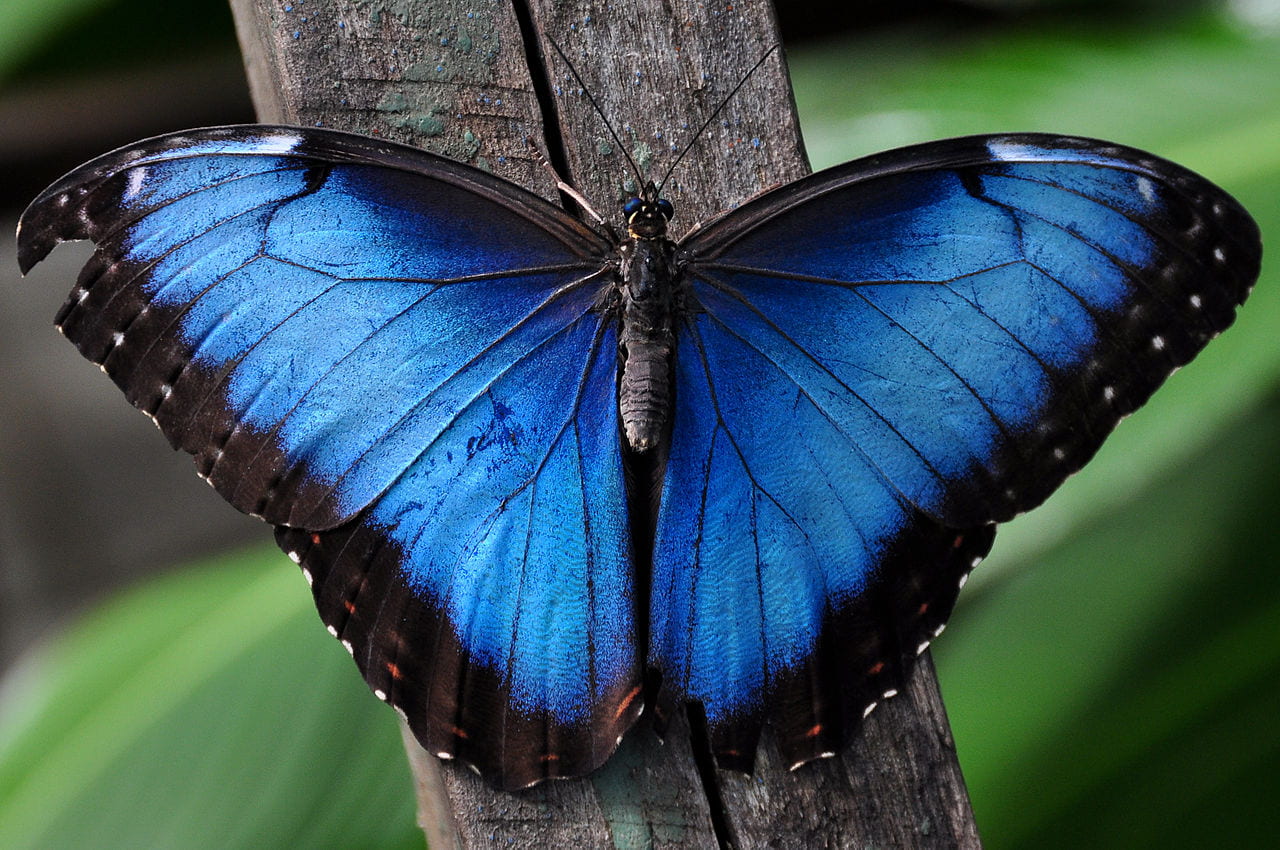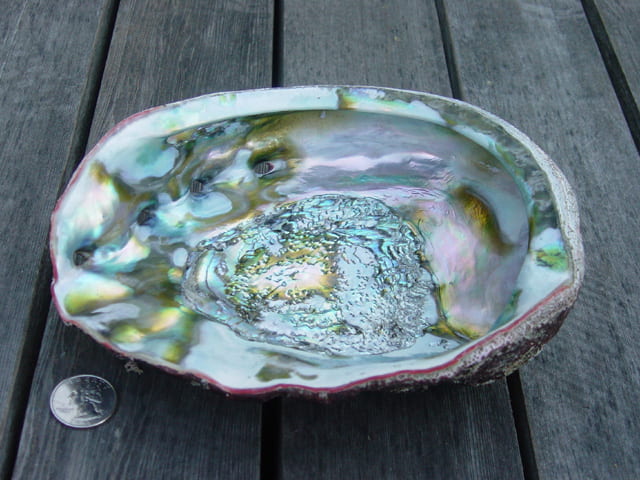Iridescence, a natural superpower
By Anna Pokorska, on 1 May 2019
So far, in my previous blog posts I’ve talked about individual colours and how they were created and used in Ancient Egypt (see the beginning of the series here). But let us now explore a fascinating property which brings them all together – iridescence. It’s a phenomenon whereby surface colour appears to change with the angle of viewing or illumination and is caused by an optical effect rather than pigmentation. The word itself derives from the Greek goddess of the rainbow – Iris, while the Latin suffix ‘-escent’ means having a tendency towards something. A perhaps less glamorous term for iridescence, goniochromism, can also be traced back to Greek words ‘gonia’ meaning angle, and ‘chroma’ meaning colour.

Iris Carrying the Water of the River Styx to Olympus for the Gods to Swear By, Guy Head, c. 1793 – Nelson-Atkins Museum of Art (Photo: Daderot).
Iridescence is a type of structural colouration and occurs in the natural world (e.g. insects, birds) as well as in man-made materials (glass, soap bubbles, playing surface of a CD).
A brilliant example of the use of iridescence in nature can be found in the Blue Morpho butterfly (Morpho menelaus) whose upper wings appear to be bright blue. It is one of the largest butterflies in the world and can be found in South American rainforests. Those beautiful and rare butterflies use iridescence to evade predators by becoming briefly invisible! As they fly, the colour of their wings shifts between brilliant blue and brown, so against the background of the forest and sky they seem to disappear for a flash just to reappear a little further away, confusing anyone who might be trying to catch them.
Perhaps a more familiar example of iridescent colouring is mother-of-pearl, or nacre, which has long been admired and used for many decorative purposes, from jewellery to furniture, artwork to cutlery. Some specimens can even be found in the Petrie Museum collection. In nature, nacre occurs on the inner shell of some molluscs (such as abalone sea snails) or on the surface of pearls. Its purpose is once again defensive as the molluscs secrete layers of nacre on the inner surface of their shells to protect the soft layers beneath from parasites and debris. As a material, nacre is made up of tiny hexagonal platelets of aragonite, a form of calcium carbonate. The thickness of the platelets (between 300 and 1500 nm) allows them to interfere with different wavelengths of visible light at various viewing angles, creating an iridescent effect. However, studies using Scanning Electron Microscopy (SEM) have shown that the effect is also partially caused by diffraction resulting from a high groove density of the surface.
Some plants have also evolved to use thin layers of photosynthetic structures, called iridoplasts, to bend and absorb more light in dark environments such as the lower levels of tropical forests. This causes the surface of their leaves to appear iridescent and almost glowing in the dark. For instance, peacock begonia (Begonia pavonina) from South East Asia shows a beautifully intense metallic blue as it amplifies the small amount of visible light it receives. The iridoplasts bend the light repeatedly thus making very efficient use of long red and green wavelengths while reflecting the blue ones.
Many more examples of iridescence exist in nature and this blog post could easily become a very long article if I attempted to include them all. I guess it’s very easy to assume that this phenomenon is mainly decorative and meant to create attraction, like peacock’s feathers for example. But, as we can see, there are plenty of instances where the effect serves a purpose very different to what we might originally have imagined or is an almost accidental by-product of a completely unrelated function . In my next post I will explore how one man managed to replicate natural iridescence for purely ornamental purposes, so stay tuned for Part 2!
 Close
Close







